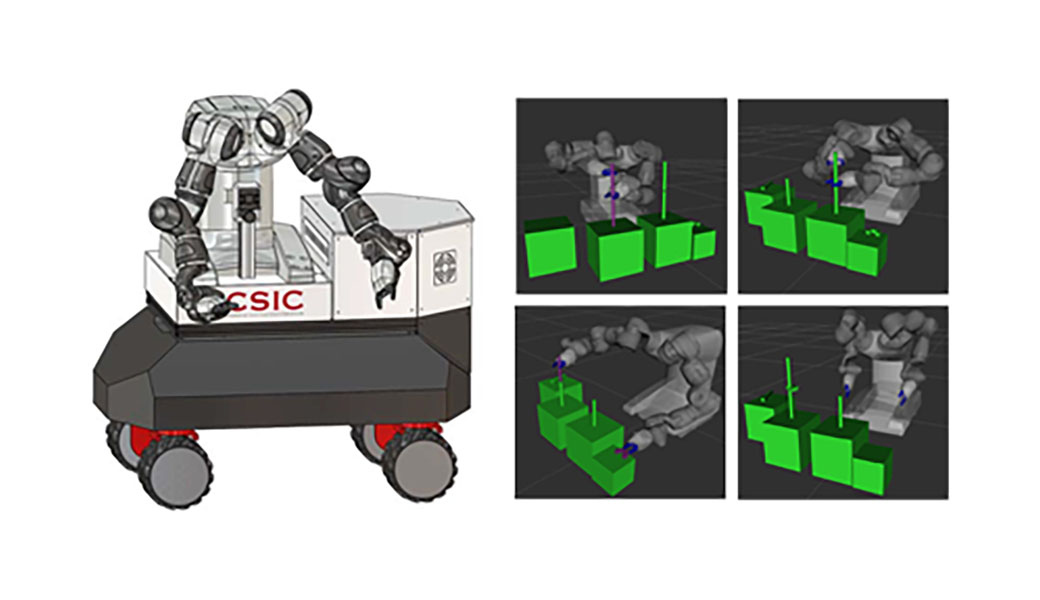
- Stage of development
-
Prototype developed and successfully tested in greenhouses with solanaceous crops (tomatoes, eggplant, peppers, etc.).
- Intellectual property
-
Priority patent application filed
- Intended collaboration
-
Licencia y/o codesarrollo
- Contact
-
Marc EscamillaVice-presidency for Innovation and Transferm.escamilla@dicv.csic.escomercializacion@csic.es
- Reference
-
CSIC/ME/025
Additional information
#Agriculture, livestock and marine science
#Agrotechnology
#Electronics
#Robotics / Automation
Autonomous robot for agricultural grafts
Self-driving mobile robot that fully automates the entire agricultural grafting process, from the selection of the most suitable seedlings, to the stem cutting process, and its assembly and fixation, without the need for human control or assistance.
- Market need
-
Agriculture 4.0 represents a revolution in the agricultural sector, which is moving towards digitalization as a way to optimize production and saving costs and energy. In line with these principles, the market for agricultural robots is in full expansion. However, there is no solution focused on the automation of the grafting process that can cover the entire process, from the selection of rootstocks and varieties to the detection of optimal grafting points, and that can also be optimized for specific agricultural varieties.
- Proposed solution
-
Using a mobile platform robot, equipped with manipulation arms and specialized end effectors, and with a complete system for automated control and navigation, a fully autonomous solution is achieved, capable of moving around the terrain, detecting the rootstock and variety plants, determining the gripping and cutting points on the stems and placing the clamp or clip to secure the graft, all without the need for human supervision. This is achieved through the ad-hoc design of the end effectors of the robotic system and the algorithms for its detection, planning, navigation and control. The robot has been tested with Solanaceae plants with very satisfactory results.
- Competitive advantages
-
- Fully autonomous robot, does not require of human supervision or control.
- System optimized for use in Solanaceae (tomatoes, peppers, eggplants, etc.), but adaptable to other types of crops.ros tipos.
- The automation of this task will improve the resistance of plants to diseases and increase not only productivity, but also the quality and survival rate of grafted plants.